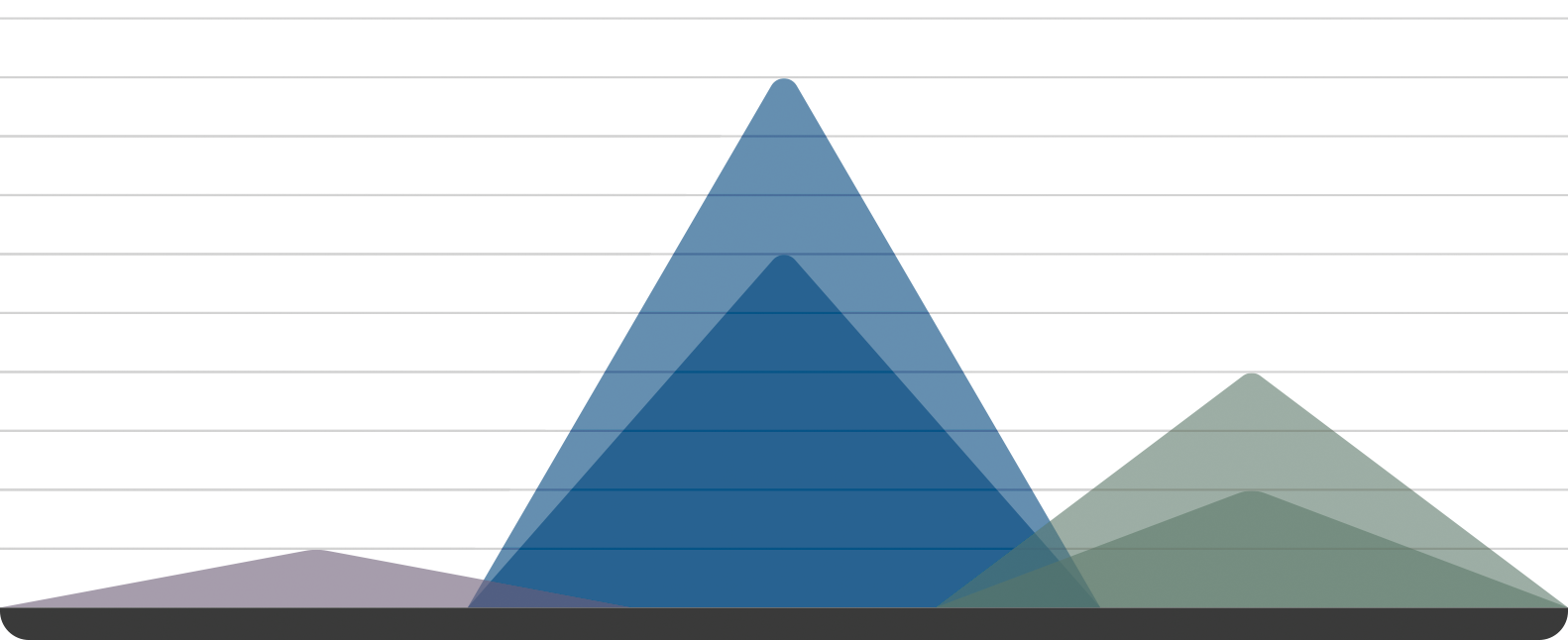SOLE: Self-Organized Learning Environment - Extended Campus
SOLE: Self-Organized Learning Environment
What is SOLE?
SOLE is a three-stage process: question, investigate, review. The process provides structure for advance study, reflection and preparation for in-class , flipped, or online learning exercises. It can be conducted for the duration an instructor determines appropriate for the topic of investigation. The SOLE process can be conducted in a single class period or completed by segments over a period of days in-class, online, and individually. Below is a graphic explaining the process that can be adjusted to fit any schedule, space, and specific circumstance.

Question
- Ask your students to develop a big question about the assigned topic that is open-ended and leads to inquiry and more questions.
- What you ask and how you ask it is crucial for the SOLE process—be clear and concise.
- Frame the question as a genuine process of discovery to promote HOTS; you can refer to the verb list under “Asking the right questions.”
Investigate
- Organize the class into small groups.
- Have each group collaborate and search for answers.
- Have the groups generate tailored follow-on questions to guide deeper investigation.
- Encourage negotiation and resolution to have the group to come to a mutual understanding of the concept.
- Stand back and trust your students!
- Observe and document the SOLE; take notes and photos to monitor change over time; use your observation to provide instantaneous formative assessment to help further the investigation.
Review
- Invite each group to present their collective discovery; they observe similarities/differences between other groups and links between other areas.
- Facilitate a discussion about the question itself and their investigation process.
- Engage students in their own review by asking what they would do differently next time, both individually and collectively, and what they think they and others did well.
Tip
This knowledge integration process can be incorporated in individual class sessions, a particular course module or periodically in support of iterative project-based learning or capstone projects. Students need to practice the process with smaller assignments and jigsaw exercises prior to applying to larger research or capstone projects.
“The right answer to a trivial question is also trivial, but the right question, even when insoluble in exact form, is a guide to major discovery.”
- E. O. Wilson
Note
Depending on the complexity of the question, investigation and review may require more time.
Asking the right question
Apply
Compute
Solve
Use
Demonstrate
Apply
Construct
Analyze
Analyze
Examine
Differentiate
Compare
Contrast
Categorize
Evaluate
Judge
Defend
Recommend
Critique
Justify
Support
Create
Assemble
Create
Design
Hypothesize
Invent
Develop
Sample Scenario
Question
Example: How can the information provided by satellite images (remote sensing) be used?
Tailor the research by using the HOTS verbs to generate more specific questions. List all questions under this column to track the group’s investigation pathway.
Investigate
Each group identifies its own path for inquiry and research. One group may investigate satellite images and determine what critical information they are able to see; another group may research the evolution of satellite imagery for military use.
Furthering investigation will lead the group to a deeper understanding of primary modalities of remote sensing, such as visible imaging, infrared imaging, radar imaging, and laser scanning.
Question
Tailor the research by using the HOTS verbs to generate more specific questions. List all questions under this column to track the group’s investigation pathway.
Investigate
Furthering investigation will lead the group to a deeper understanding of primary modalities of remote sensing, such as visible imaging, infrared imaging, radar imaging, and laser scanning.
Review
At the completion of research, collaboration and discussion in their own groups, each group can present its findings and review with the whole class and instructor. The groups can also analyze and evaluate similarities and differences between each other’s findings.
References
Armstrong, P. (2021). Bloom’s Taxonomy. Retrieved from Vanderbilt University: https://cft.vanderbilt.edu/guides-sub-pages/blooms-taxonomy/
Bloom’s Taxonomy Is A Hierarchical Framework For Cognition And Learning Objectives. (2021). Retrie ved from TeachThought: https://www.teachthought.com/learning/what-is-blooms-taxonomy/
Hawkins, K. (2021). Learning collaboratively through SOLE. Retrieved from The NSW Department of Education: https://education.nsw.gov.au/teaching-and-learning/professional-learning/scan/past-issues/vol-37-2018/learning-collaboratively-through-self-organised-learning-environments
O’Malley, J. (2017). Getting Started With Self-Organized Learning Environments. Retrieved from Edutopia: https://www.edutopia.org/blog/getting-started-self-organized-learning-environments-jacquelyn-omalley
Disclaimer
The appearance of hyperlinks on this page does not constitute endorsement by the U.S. Navy or U.S. Marine Corps of non-U.S. Government sites or the information, products, or services contained therein. Although the U.S. Navy and U.S. Marine Corps may or may not use these sites as additional distribution channels for Department of Defense information, it does not exercise editorial control over all of the information that you may find at these locations. Such links are provided consistent with the stated purpose of this website.
Reference: SECNAVINST 5420.44C(Series) Public Affairs Officer Policy and Regulation
